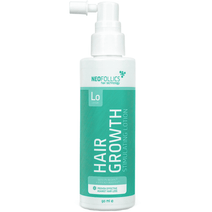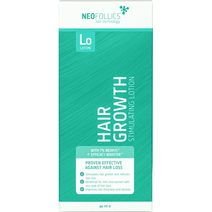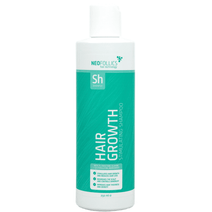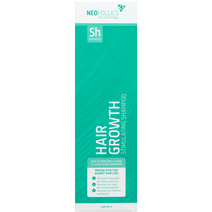Drug found to combat 'alopecia areata'
What is alopecia areata?
The word alopecia simply means baldness. Alopecia areata refers specifically to the condition in which hair loss manifests as bald patches. These bald patches are round or oval, occur randomly, and are generally about the size of a coin. These spots come and go. About 2% of people suffer from alopecia areata at some point in their lives. It generally takes a few months to a year before disappearing again. But in some cases, it can last for years and even get worse. The spots do not stick to the scalp. They can also appear on the rest of the body. Like in the beard or chest hair. Alopecia areata recovers spontaneously in most people. Rates vary from source to source, but generally in 70 to 80 per cent of cases, hair growth recovers within a few months to a year. The duration and extent of recovery can vary from person to person.
Incidentally, it is not entirely clear what causes alopecia areata. The most likely explanation is that it is an autoimmune disease. This means that the body's immune system gets confused and attacks its own cells. In alopecia areata, the hair follicles are attacked. It is therefore more common in people who already have an autoimmune disease. You may have heard that bald patches are caused by not taking enough vitamins or by stress. But this is unproven and very likely untrue.
JAK inhibitors offer the solution
It is quite understandable that people want to get rid of these annoying bald spots. The solution seems to be found in so-called JAK inhibitors. These are drugs that are currently prescribed for people with rheumatoid arthritis. The active ingredient baricitinib inhibits the action of certain proteins (Janus kinase, hence JAK) that fight inflammation. What researchers discovered was that this drug turns off the signal that activates an autoimmune attack. Exactly the cause of alopecia areata.
So the drug in question, Olumiant, offered potential for use in alopecia areata. It was investigated in two double-blind studies with patients who had suffered from alopecia areata in the past six months. Subjects in these studies were given 2 milligrams of Olumiant, 4 milligrams of Olumiant or a placebo daily. The requirement for success in both studies was that patients had to have at least 80% more hair at week 36 than in previously bald areas. This was achieved in 45% of subjects. Almost half of the participants thus saw hair growth return.
Percentage of desired outcome among subjects:
| Trial 1 (AA-1) | Trial 2 (AA-2) | |
|---|---|---|
| 2 mg Olumiant | 22% | 17% |
| 4 mg Olumiant | 35% | 32% |
| Placebo | 5% | 3% |
Read FDA and EMA statements here.
Drug approval against alopecia areata
Due to the success of these two studies, the US FDA and -more importantly for us- the European Medicines Agency granted approval to prescribe the drug Olumiant for the treatment of alopecia areata. It has been deemed proven by both institutions that the drug interrupts the signals that cause hair loss in alopecia areata. What is important to consider, however, are the side effects associated with taking the drug. These include strep throat, respiratory inflammation, acne, abdominal pain and headaches. It is therefore recommended that the drug be prescribed only in cases of severe alopecia areata.
Olumiant's approval means GPs can prescribe it as a treatment for alopecia areata. It is therefore only available on prescription from pharmacies. Incidentally, this does not automatically mean that GPs are aware of it, or that the drug is in the basic package of every health insurer. What it does is a good step towards solving an unpleasant problem.
Advice personalized to your hair needs
Take our Hairtest to find the best products for your hair within 2 minutes!












